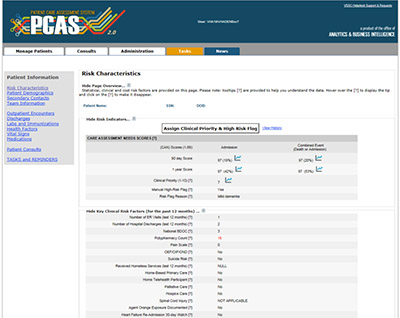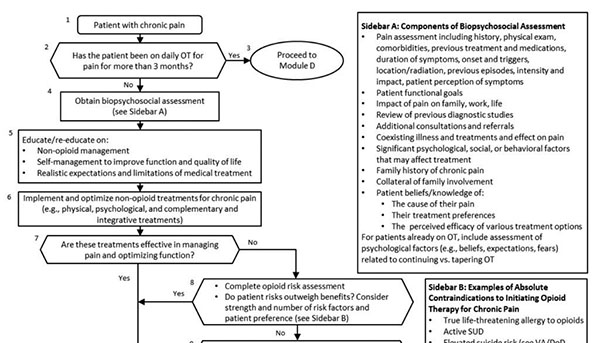
Clinical Data in the U.S. Department of Veterans Affairs: Ethnographic Engagements
By: Peter Taber, Nicholas Rattray, Lauren Penney, Megan McCullough and Samantha Gottlieb This post emerged from a 2018 Society for Applied Anthropology panel on anthropological engagements with health data in the U.S. Department of Veterans Affairs (VA). Serving over 9 million enrollees with a current federal budget of USD68 billion, the VA is an important testing site for digital healthcare infrastructure, as it has been for several decades. The panel brought our VA research and quality improvement (QI) efforts targeting the electronic health record (EHR) and other digital infrastructure into dialog with existing work on the social lives of data and algorithms, as well as the broader concerns of medical anthropology and STS in an era of the “datafication of health” (Ruckenstein and Schüll 2017). Extracts from our conversation, presented below, are taken from a follow-up video call exploring these issues. (read more...)



